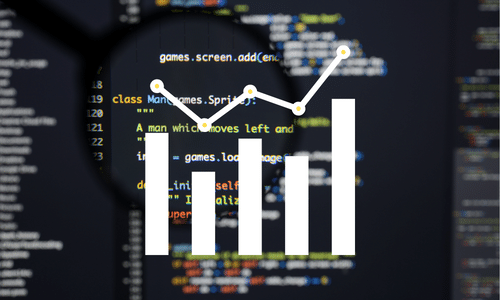There are no items in your cart
Add More
Add More
| Item Details | Price | ||
|---|---|---|---|
Language: ENGLISH
Instructors: Nandhini S
Validity Period: 30 days
Why this course?
Certainly, data analytics using Python involves a variety of techniques and tools for exploring, processing, and deriving insights from data. Here's an overview of the key steps and tools typically involved in data analytics using Python:
1. Data Collection:
Acquire data from various sources, including data bases, web APIs, CSV files, Excel spread sheets, and more.
Python libraries for data collection include pandas, requests, and database connectors like SQLA1chemy.
2. Data Cleaning and Pre-processing:
Clean and prepare the data by handling missing values, removing duplicates, and transforming data as needed.
Libraries such as pandas are essential for data cleaning and pre-processing.
3. Exploratory Data Analysis (EDA):
Visualize and understand your data through summary statistics, data visualization, and initial insights.
Tools like “matp1ot1ib”, “sea born”, and pandas for data exploration are commonly used.
4. Data Visualization:
Create meaningful visualizations to communicate data insights effectively.
Use libraries like “matp1ot1ib”, “sea born” and “plot1y” for plotting and charting.
5. Statistical Analysis:
Conduct statistical tests and hypothesis testing to make inferences about the data.
Libraries like ”scipy ” and statsmode1s provide statistical functions.
6. Machine Learning (Optional):
Apply machine learning algorithms for predictive modelling, classification, and clustering tasks.
“scikit-learn” is a popular library for machine learning in Python.
7. Time Series Analysis (Optional):
For time-series data, use libraries like stats models or specialized packages like prophet for forecasting and analysing trends.
8. Big Data Processing (Optional):
For large-scale data analytics, consider tools like Pie Spark for distributed data processing and analysis.
9. Reporting and Documentation:
Create reports, presentations, and documentation using tools like Jupiter Notebook, which allows you to combine code, visualizations, and explanations in a single document.
10. Automation and Workflow Management (Optional):
Streamline data analytics tasks and automate data pipelines using tools like Apache Airflow.
After successful purchase, this item would be added to your courses.You can access your courses in the following ways :
